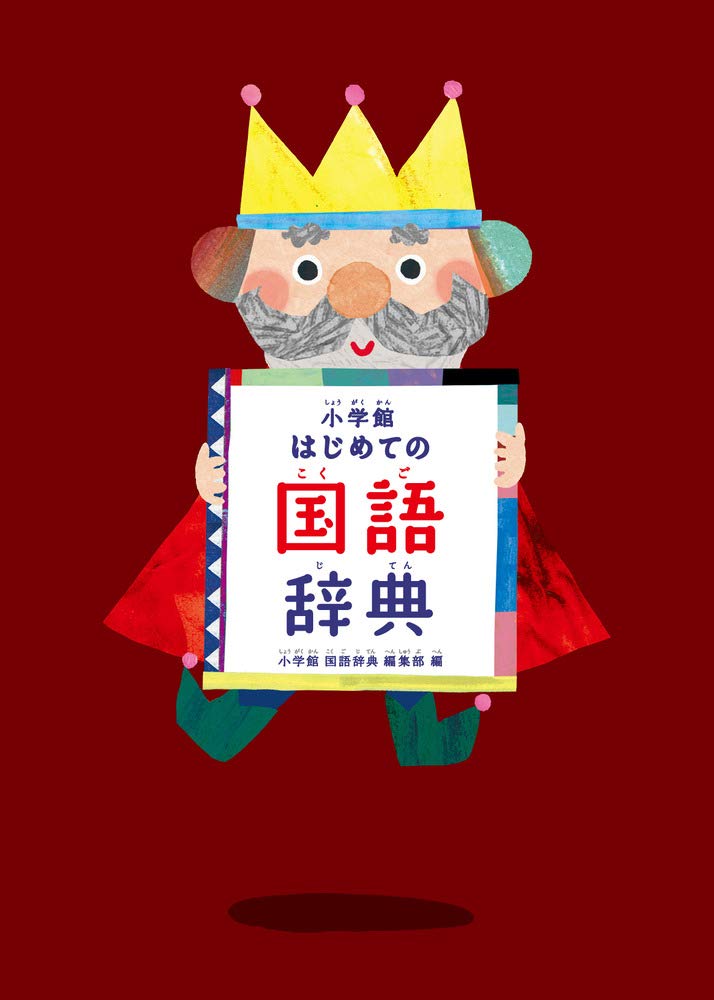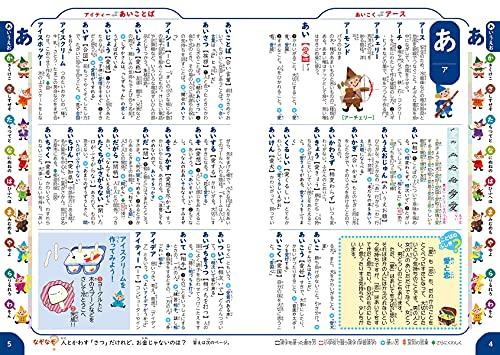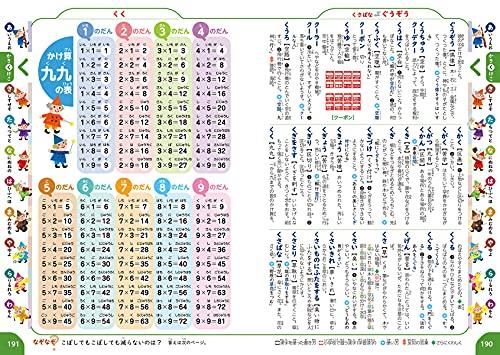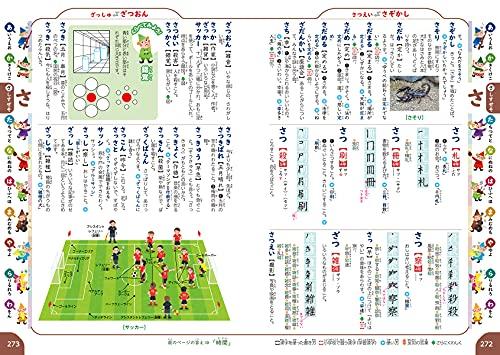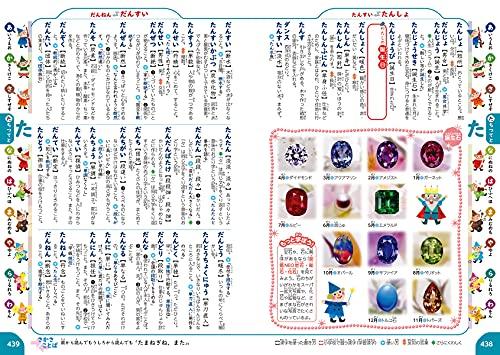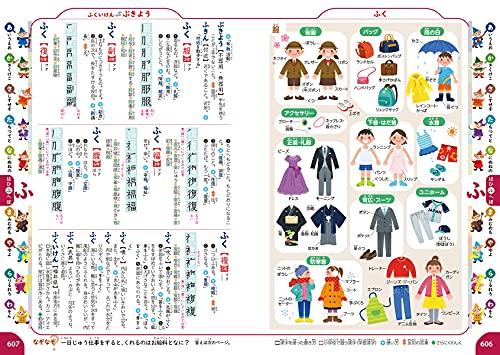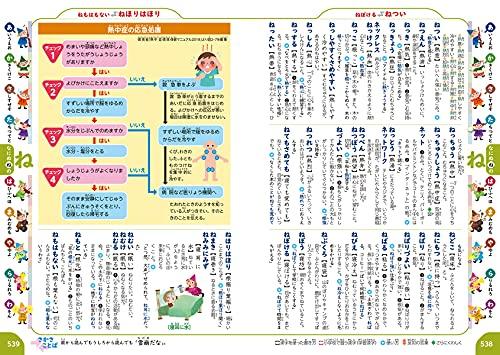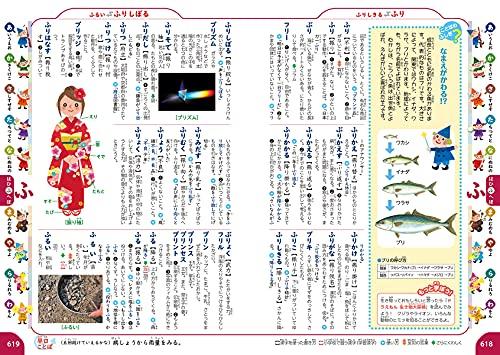








Popis
A dictionary filled with new experiences
● For kindergarteners and early elementary school students.
"Isn't a carpenter a human?"
"What's so fast about being born early?"
"What's the difference between a carpet and a september?"
Have you ever been stumped by questions like these from your children?
We've created a dictionary for children of all ages, from "What does ____ mean?"
●Featured illustrations are by picture book author Michiko Tachimoto, who also designed the covers of elementary school music textbooks. These adorable illustrations will help you navigate the world of words.
●Contains approximately 18,000 carefully selected words.
- Words from folk tales and picture books, everyday vocabulary, and slightly more difficult words. - Words children want to know, such as "valley fold" and "birthstone." -Includes beautiful Japanese words such as "drizzling rain" and "starry night."
●Compliant with the new curriculum guidelines. Includes everything from stroke order to compound words for the 1,026 kanji learned in elementary school. It can also be used as a simple kanji dictionary.
●Focused on word play. - Approximately 250 tongue twisters, reversed words, and riddles are included in the margins. - Features the joy of language, such as "Henohenomoheji" (Heno Heno Moheji) and "Counting Songs."
[Recommendations from the Editors] "It looks difficult." "It's tiring because it's all about 'ji'." "They never look it up on their own." "It ends up just sitting on the bookshelf." ...Parents and children alike are often bewildered by the difficulty of their first Japanese dictionary.
That's why we carefully selected words based on Shogakukan's vast collection of "word data of interest to children" and "vocabulary data by age." We aimed to create a Japanese dictionary that is appropriate for each stage of development, making it fun to look things up and interesting to learn.
To deepen understanding through pictures, we've included approximately 120 columns and 380 illustrations.
The dictionary provides detailed explanations of difficult words like "counting age," "giving" and "sending," and "morin khuur," as well as words that many children have searched for, like "dinosaur" and "Santa Claus." The many illustrations and photos are designed to stimulate children's interest.
There are also sections where children can write their own entries, such as "My favorite sweets" and "My dream," making it "their own personal dictionary."
We've also incorporated many other ingenious features with the goal of using a dictionary for the first time in a child's life in mind.
●To enable use without looking at the "How to use" section, we've removed labels like "examples" and "antonyms" and replaced them with simple symbols that can be understood at a glance.
We've used a UD textbook font for easy visibility.
●The Japanese alphabet is featured on every page.
●We've avoided cramming too much text onto a page.
The perfect thickness and size make it easy for small hands to turn over and
